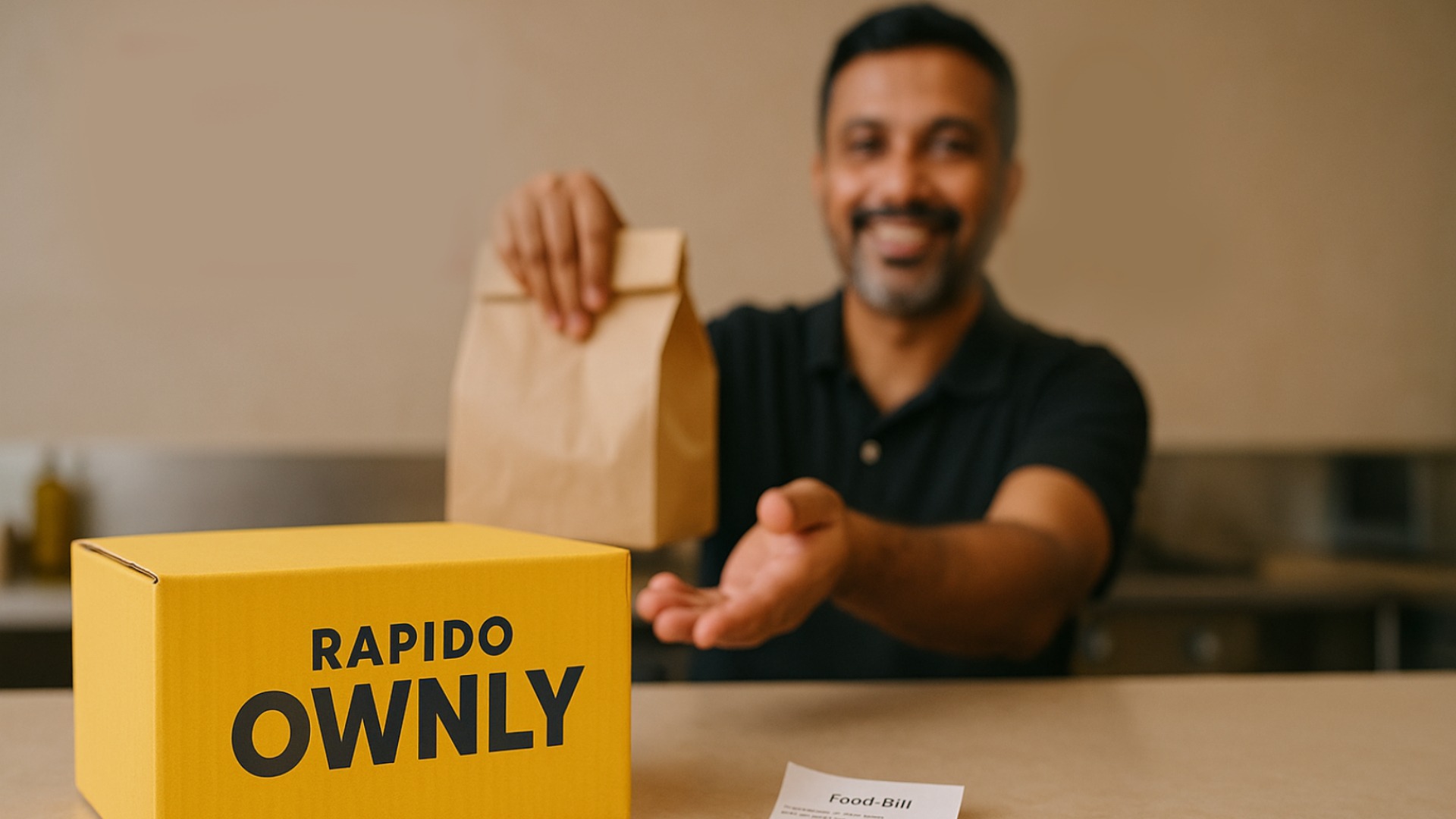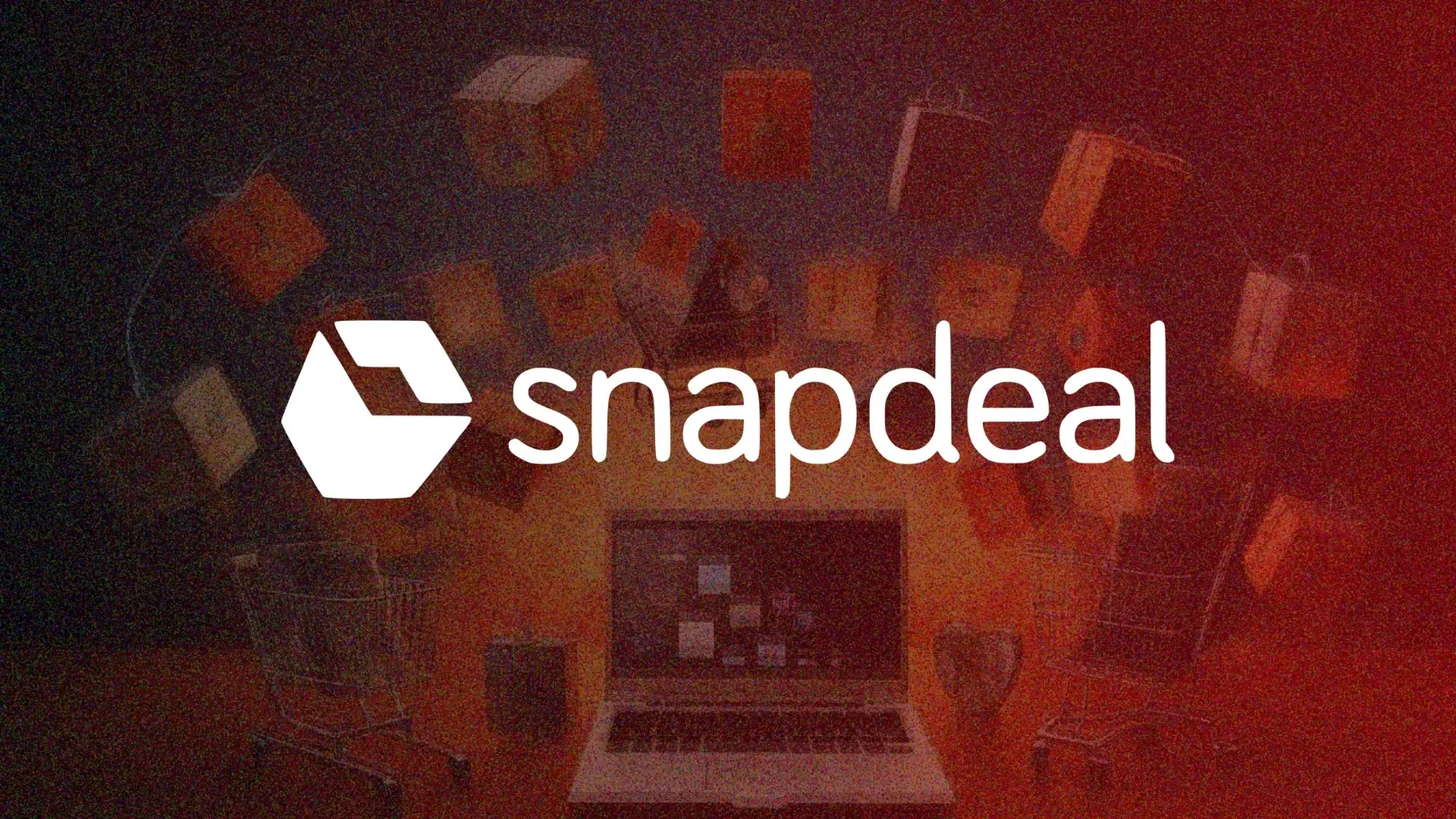“Rapido is entering the food delivery segment.” This has been the trending topic for the last two days. The food delivery space in India is heavily dominated by two giants: Zomato and Swiggy. Many companies have tried to enter this space before, but most couldn’t survive the competition.
So, why is Rapido stepping into this challenging segment?
The answer lies in viewing the opportunity from different perspectives that of restaurant owners, consumers, and the company itself.
1. The Restaurant Owner’s Perspective
Imagine you are a restaurant owner listed on Zomato and Swiggy. You receive regular orders, but you’re also paying high commissions usually between 18% and 25%, and sometimes even more. For many small and mid-sized restaurants, this fee structure is a major concern.
Now, consider a new platform that promises to bring orders like Zomato and Swiggy but charges a flat fee instead of a commission. Rapido is planning to offer just that. Their new food delivery service, reportedly named “Ownly,” will charge a fixed INR 10 per order if the order value is below INR 100, and potentially INR 25 for higher-value orders. This can significantly reduce costs for restaurants.
Additionally, Rapido is encouraging restaurant partners to include at least four affordable meals priced below INR 150. The strategy here is simple offer value meals, attract more users, and keep prices attractive.
Reports also suggest that Rapido is in talks with the National Restaurant Association of India (NRAI), which represents over five lakh restaurants across the country. While no formal partnership has been announced yet, these discussions indicate Rapido’s intent to build strong industry relationships.
2. The Consumer’s Perspective
Most consumers compare prices across delivery apps before placing an order. In many cases, the same meal is more expensive online than it is in-store, especially once platform fees and delivery charges are added.
Rapido’s Ownly is expected to offer transparent and lower pricing. A flat delivery fee of INR 20 (and INR 25 for orders over INR 100) will be charged, with no hidden charges or inflated menu prices. Early comparisons shared online suggest that meals ordered through Ownly could cost less than those on Zomato or Swiggy.
If Rapido manages to keep prices consistent and transparent, it could quickly build trust and attract price-sensitive users a large segment in India’s food delivery market.
3. Rapido’s Perspective and the Bigger Picture
India’s food delivery market is growing rapidly. While the figure of USD 140.85 billion by 2030 quoted in some places is exaggerated, most analysts expect the market to cross USD 30–35 billion by the end of the decade.
But entering this space isn’t easy. Rapido will be competing against Zomato and Swiggy, which together control about 90–95% of the market. Both companies have large customer bases, extensive restaurant networks, and robust logistics systems.
So what makes Rapido different?
Unlike Uber Eats, which struggled due to high commissions, lack of delivery fleet, and unsustainable marketing costs, Rapido already has a widespread bike taxi fleet. This gives it a head start in building a dedicated food delivery network without starting from scratch.
Moreover, Rapido isn’t just focusing on users. It’s building a low-cost, restaurant-friendly alternative with sustainable pricing for all sides of the ecosystem. If this model works, Rapido may eventually switch to a subscription-based system for restaurants, ensuring long-term viability.
The Challenges Ahead
Despite its promising approach, Rapido faces several hurdles. First, it needs to scale quickly and efficiently. Second, it must win the trust of restaurants and ensure consistent service quality. Third, it has to stay competitive without falling into the trap of excessive discounts and cash burn.
Zomato and Swiggy are unlikely to stay silent. With strong financial backing and market dominance, they could adjust pricing, offer exclusive deals, or even leverage their tech advantage to retain users and restaurants.
Final Thoughts
Food delivery in India is not just about pricing or speed. It’s about reliability, trust, and experience. Rapido is entering a billion-dollar battleground with a bold plan. But in a market ruled by giants, even the boldest moves need patience, strength, and strategy to survive.
Only time will tell if Rapido’s new venture will disrupt the duopoly or become another short-lived challenger in India’s fast-paced food tech sector.
Also Read: How RBI’s Repo Rate Cut Impacts Your Investments: Bonds, Stocks & Economy Explained








